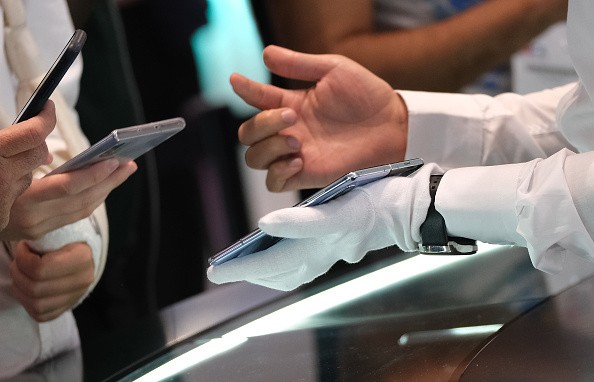Android's BRATA malware gets a massive upgrade, making it more persistent in stealing information from smartphone users.
Like how viruses in real life, such as COVID-19, persist with worse strains, Android malware also evolves to be more contagious than its first version.

Android BRATA Malware
The notorious banking malware alarmingly got a massive update early this year.
Last January, the Android malware, known as Brazilian Remote Access Tool Android or BRATA for short, rolled out new functionality, which goes beyond stealing the information of its victims.
As per a news story by Gizmodo, the malicious software started factory resetting phones, wiping out the smartphones of its victims when they get over their heist.
The news outlet says that BRATA has been in circulation for a couple of years already. The scheme started in Brazil and expanded its victims in various parts of the world.
The folks behind the banking malware use fake and infected apps to take over the mobile devices of their target. In some cases, these fraudulent apps notoriously make it to the Google Play Store and other legit websites.

The fake app then asks its users for a couple of permissions on their devices to start the nasty takeover.
Aside from mining the banking details of its victims, BRATA also goes on to steal the login credentials of its targets without them noticing at first.
But even if it has been targeting a huge number of victims for a while now, its reign is far from over.
Android BRATA Malware: Now More Dangerous?
According to a recent report by Bleeping Computer, the developers of the nasty Android banking malware are taking the extra mile to make sure that its info-stealing powers remain top-notch.
In fact, BRATA has been reportedly upgraded to make it more dangerous than ever.
The news outlet reports that the mobile cybersecurity firm that goes by the name Cleafy observed that the banking malware has been improving its functions lately.

Cleafy further notes that the infection activity of BRATA has grown more persistent lately, allowing the malware to steal more information on the devices of its victims.
The malware now extends its take over on a smartphone, thanks to two remarkable updates. It now employs an all-new phishing method. Not to mention that it also asks for more permissions on the mobile devices of its victims.
On top of these new techniques, the folks behind the banking malware have also changed their strategy.
Previously, BRATA was not so keen on its targeted apps. But this time, the scheme is more focused on a single banking app before going to another.
Related Article : Android Users Beware! App on Google Play Store Comes with Password-Stealing Malware | More than 100K Downloads?
This article is owned by Tech Times
Written by Teejay Boris
ⓒ 2025 TECHTIMES.com All rights reserved. Do not reproduce without permission.




